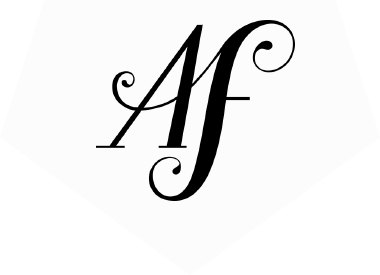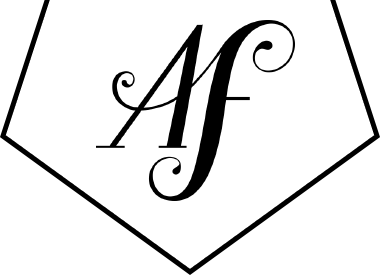A Glossary of Web Design
“Incomprehensible jargon is the hallmark of a profession.”
– KINGSTON BREWSTER
For better or for worse, the jargon is inescapable. If you’re working on a website with me, these are some of the most common terms you’ll hear come out of my mouth. Pretty soon they’ll be like second nature to you, and this should help…
WordPress
The content management system (or CMS) upon which I will build your site. Friendly to non-coders,
incredibly flexible for me as a designer and developer, and infinitely expandable for all the features you may dream up eventually – WordPress is my jam, and it will be yours too.
Website vs Blog
One of the most common confusions I find myself explaining. Much like a square is a rectangle but a
rectangle is not necessarily a square, all blogs are websites but not necessarily vice versa. A blog is a feature of a website. Whether you decide to feature your blog on the front page of your site is up to you!
Homepage
The front page of your website. Frequently includes latest posts (if the site includes a blog) or featured programs, offerings, or products. This can be completely tailored to you and your vision!
Blog
A section of a website comprised of “posts”, “articles” or whatever you may want to call them! This section is meant to be (relatively) frequently updated/added to.
Post vs Page
Another frequent source of confusion. Like news stories, posts are generally arranged by the date of
publication. A post (or article) will enjoy brief prominence on your blog or homepage, and then be
pushed down and eventually archived as newer content is added. Pages, on the other hand, are generally
populated with permanent content that is updated infrequently, if at all (ie. about, contact).
Navigation
This is the “menu bar,” “tabs,” or (as I call it) “nav” on your site, and the primary tool through which people will browse your site. This should certainly include all your most important pages. It may also include blog categories or links to other websites.
Domain & Hosting
Two things you’ll need! Your domain is the address of your website (frequently ending in .com), while your hosting account is where your actual site files are stored. The two are actually independent: we can point your domain to a different hosting account with new site files, point multiple domains to the same hosting account (so your site has several addresses), or change your address entirely without moving your site files at all.
Logo
The name of your site, written in a creative way. May or may not include a symbol.
Header
The top section of the website that is reproduced (or reproduced with small changes) on all pages of the site. Includes the logo and navigation at a minimum. Also frequently includes social media links. The site header may also be much larger on homepage and shorter on interior pages.
Footer
The bottom section of the website that is reproduced (or reproduced with small changes) on all pages of
the site. Includes copyright information at a minimum.
Sidebar
Area to left or right of main content that is replicated on most pages of the website. Comprised of “widgets” that are editable and rearrangeable.
Widgets
Individual, rearrangeable (by drag-and-drop) segments of the sidebar. For example: a Facebook subscribe box, rotating Instagram photos, a subscribe form, advertisements/affiliate links, category
links/buttons, etc.
Responsiveness
In short: mobile compatibility. Actually its compatibility on any screen size, so if you take the corner of your browser and pull it in to make your site smaller and smaller (or larger and larger), it should keep looking awesome. Non-responsive sites are designed for a single screen size, and will start to look broken and eventually be unusable when viewed on screens too far away from the original size. All the sites I build are built responsively.
Favicon
That little icon next to the name of your blog on the tab in your browser.
Plugin
An addition to your site that provides extended functionality. May be by a third-party developer or,
occasionally, I write one custom for your theme!
Pixels
The measurement of the web. Perhaps most relevant to you in terms of images. Most images you upload
to your site should be no more than 1000px wide.
Above the Fold
Referencing newspaper terminology here, this is the area of your website visible to the user as soon as
they land on a page, before they scroll. Generally, this is where you want your most important content.
Call-to-action (CTA)
A form, button, or any graphic element that directs users to a goal (i.e. to purchase or subscribe).
Landing Page
A focused page to drive users to complete a CTA. May be a paired down page in terms of graphic elements
to emphasize the content (i.e. leaving off the navigation, sidebar and using a simplified header).
Featured Image
The assigned thumbnail image for the post, which will appear on previews of the post around the website and when the post is shared. On some themes it may also appear at the top of the post on the individual post page.


